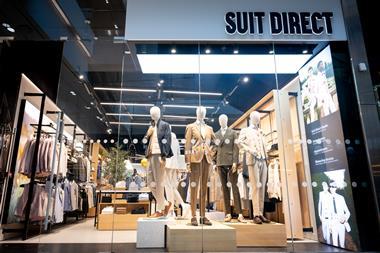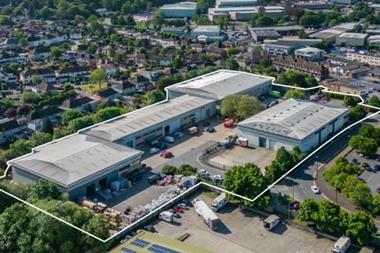
London is one of the most mature markets for flexible workspace and competition is intense. There are estimated to be 1,400 flexible workspace operators in the capital alone.
As such, it is no longer possible to compete solely on price and operators are launching ever-more innovative products to remain relevant. This requires operators to be more aware than ever of the services their competitors are offering, to keep pace with new developments and remain attractive to both existing and potential tenants.
While operators are developing products to differentiate themselves from their competitors, they risk going too far and creating a product that is too niche and fails to attract enough tenants.
This increased competition should not hold back the sector’s growth. It is underpinned by strong fundamentals. For example, by 2025, an extra 846,000 people will be employed in the finance, business services and information and communications sectors – all big users of flexible workspaces.
Changes in working practices and a more globalised workforce will further accelerate the move away from conventional workspace. In addition, 4.5 million new businesses, typical users of flexible and co-working spaces, are predicted to start up in the coming decade, and large corporates are increasingly looking to such offices for space. The outlook continues to look bright for the flexible workspace sector.
Will Kinnear, director, GKRE
































No comments yet